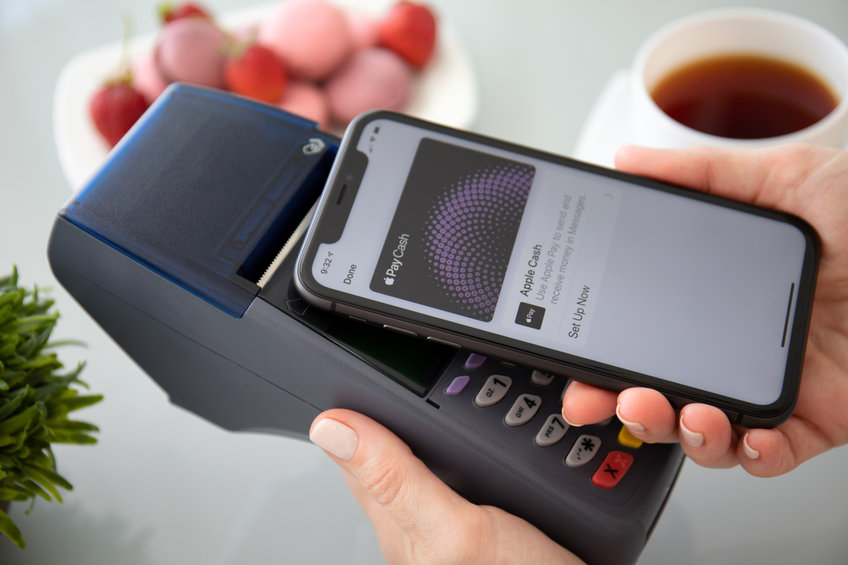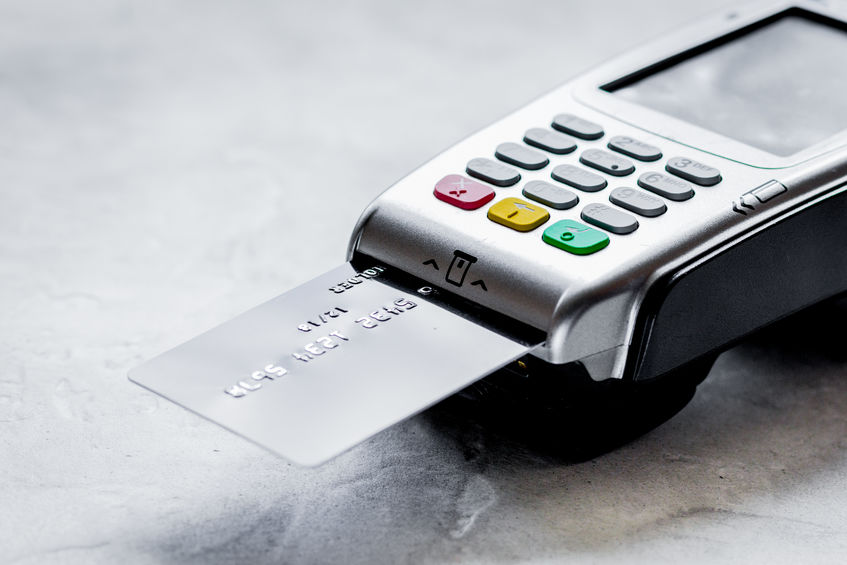How Apple Cash and the Apple Card are Changing the Game
Apple is arguably the biggest name in consumer tech, and with so many people around the world using their devices, the advent of digital wallets made it clear they’d be a dominant player in payments as well. The success of Apple’s digital wallet, Apple Pay, proved that its users were ready for Apple-branded mobile digital payment solutions, and today, the company has expanded its list of offerings to include Apple Cash and the Apple Card – products aimed at enabling Apple Pay to dominate both legacy and emerging digital payment markets alike. The following is a quick primer on each of Apple’s three payment products, how each works, and how, together, they make up a total payments solution that has the potential to challenge names like Visa and Mastercard for brand share in the space.
Apple Pay – Making In-Store and Online Payments Easier
Apple Pay is the tech giant’s digital wallet, enabling users to store digital versions of all their payment cards on any of their Apple Devices to make paying electronically faster and more convenient than ever. In-store, users simply tap their phone against any contactless payment terminal, swipe their Touch ID, and they’re done. Online, rather than logging in or filling out checkout pages, Apple Pay users can pay with a single click, again with a quick biometric verification to ensure payment security. The system is so convenient, secure, and widely available that some estimates have Apple Pay accounting for 10% of all card transactions by 2025.
Apple Pay has been around for years, and its inclusion in all new iPads, iPhones, and MacBooks has provided it with an enormous built-in user base. Now, Apple is expanding the system and shoring up its position in the payments industry with two new products that both operate on the Apple Pay platform – Apple Cash and the Apple Card.
Apple Cash – Peer-to-Peer Payments with Apple Pay
Apple Cash is a P2P payment system that enables Apple Pay users to send, receive, and request money from other Apple users. In essence, Apple Cash acts as a virtual debit card built into a user’s Apple Pay wallet, and transactions and money requests are sent using Apple’s native chat app, iMessage. When a user receives an Apple Cash payment, the money is stored on a purpose-specific Apple Cash card that can be used to make contactless or online Apple Pay payments. Money can also be sent to a user’s traditional bank account directly from the app.
Apple Pay’s inclusion on every Apple mobile device makes Apple Cash a fast, easy, and convenient way for users to make P2P transactions. Apple Cash positions the company to compete with Venmo, CashApp, and other leaders in peer-to-peer payments – an increasingly popular payment method, especially among younger users.
Apple Card – Apple’s New Credit Solution
With tap payments and P2P already covered, Apple has recently launched the Apple Card – a “traditional” credit card with some not-so-traditional features. Like normal credit cards, the Apple Card allows the user to draw on credit to make payments in exchange for interest paid on any outstanding balances at the end of the month. Unlike most traditional credit cards, the Apple Card is feeless. Not only are there no annual fees, there are also no charges for foreign transactions or even for late payments. The Apple Card also offers 3% cashback, an easy approvals process that doesn’t ding a user’s credit score just for applying, and more. But perhaps the most interesting feature offered by the Apple Card is a promise from the company to never sell holder data to third parties – a big business in the payments game.
Like Apple Cash, the Apple Card is native to Apple Pay, and the primary intent is for holders to use the virtual card to make digital payments with their devices. However, holders do get a physical card – and a pretty sleek one at that – to use in the instances when a merchant doesn’t accept Apple Pay. With that being said, the number of merchants that don’t accept it is shrinking rapidly, thanks to the extremely easy – sometimes literally effortless – merchant adoption process.
Get Started Accepting Apple Pay and the Apple Card
Merchants looking to offer Apple Pay to their customers have very few hoops to jump through to make it happen. Potentially even none. That’s because any brick-and-mortar merchant with a contactless payment terminal already accepts Apple Pay, whether they know it or not. Merchants that don’t offer contactless should really be upgrading anyway, as contactless payments are extremely popular with consumers today, especially in the wake of COVID-19, where fewer touches became the norm. Merchants looking to accept Apple Pay online probably already have the option available through their ecommerce systems, especially if they’re using one of the bigger names like BigCommerce, WooCommerce, Shopify, etc.
The best way for a merchant to figure out their Apple Pay situation is simply to contact their merchant services provider and find out if they’re already set up for it and, if not, what they need. BAMS merchants enjoy full access to Apple Pay through both contactless payment terminals and the many leading ecommerce systems that BAMS accounts seamlessly integrate with. To find out more about how a BAMS merchant account can help your business begin accepting Apple Pay and the Apple Card while simultaneously accessing the most competitive transaction fees in the industry, get started with a free comprehensive five-point price comparison today.




